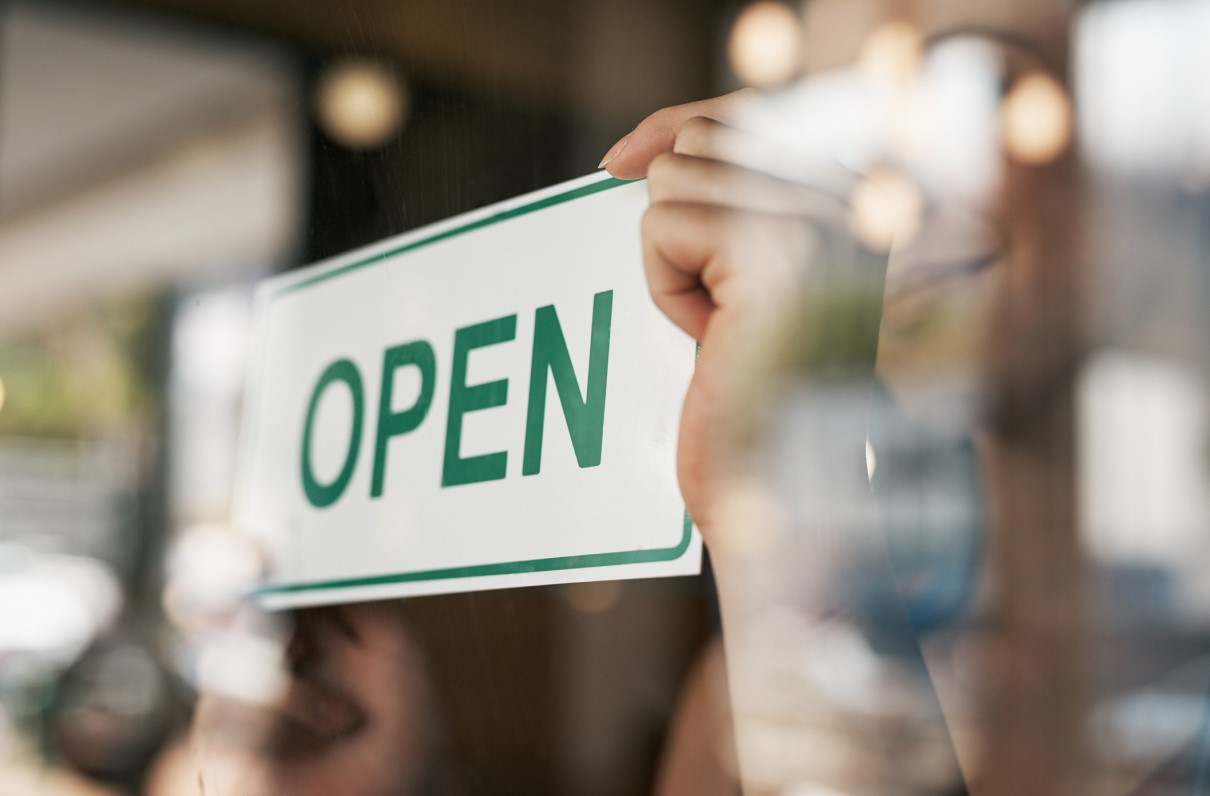By Vera Wilson
The Coronavirus Aid, Relief and Economic Security (CARES) Act is the federal government’s financial stimulus package in response to the COVID-19 pandemic. There are two primary loan programs available to small business owners: the Economic Injury Disaster Loan (EIDL) and the Payroll Protection Program (PPP) Loan.
[RELATED: What You Need to Know About the CARES Act]
Both loans are available to businesses employing less than 500 people. These include sole proprietorships, independent contractors, self-employed persons, nonprofits, and veterans organizations. (There are exceptions.)
Both loan applications require you to certify that your business has been adversely and materially impacted by the pandemic. There are no application fees, and you’re not obligated to take the loan if offered. You can apply for both as long as you use them for different expenses.
EIDL
EIDL loans are administered and approved by the Small Business Administration (SBA), and applications should be submitted through their website. These disaster loans were already in place before COVID-19, but due to the CARES Act, small businesses can now apply for an emergency advance of up to $10,000. This advance will not have to be repaid whether your loan is approved or not. You must specifically request the advance when you apply for the loan.
Loans of up to $2 million are available with a fixed interest rate of 3.75% (2.75% for nonprofits) and in most cases, payable over a 30-year term with a 12-month deferment available. Your creditworthiness, ability to repay, and available collateral will come into play, and you will need to provide personal information. Loan proceeds may be used for most operating expenses, but there are some exceptions like paying other federal agency loans or bonuses.
[More Financial News From MOAA]
PPP Loans
PPP loans are designed to encourage employers to retain employees during the pandemic. You apply through lenders approved by the SBA, which are most banks (including online ones). Your best bet is to reach out to the bank with which you currently have your business account and get ready to provide them with a lot of information about your business.
The loan amount is based on your historical payroll costs, and all or some of it can be forgiven. In general, to be forgiven, you must retain employees and not drop below 25% of historical payroll levels and use at least 75% of the loan proceeds on payroll. Even if you’ve already let go or furloughed employees, if you bring them back before June 30, you may still be eligible for forgiveness.
If the loan is not forgiven, it’s still a good deal: The interest rate is 1%, but the loan must be paid back within two years with a possible deferment. You’re restricted as to what you can spend the loan proceeds on to payroll, mortgage interest, utilities, and rent; the last three must have been in place before Feb. 15.
These programs were launched hastily and in piecemeal fashion, so misinformation is rampant. My advice is to research the loan programs in depth and then turn to your financial adviser, your lender, and the SBA for clarification and confirmation regarding the specifics of your particular situation. Document everything you learn. Funds are limited, so apply ASAP.
Vera Wilson is freelance writer based in North Carolina. She frequently writes on financial topics.
Join MOAA Today
Not a member of MOAA? Premium and Life members can consult our financial staff for education and consumer advice.
Already a MOAA member? MOAA has hundreds of chapters around the country. Get involved in your community by finding the one closest to you and joining today!


